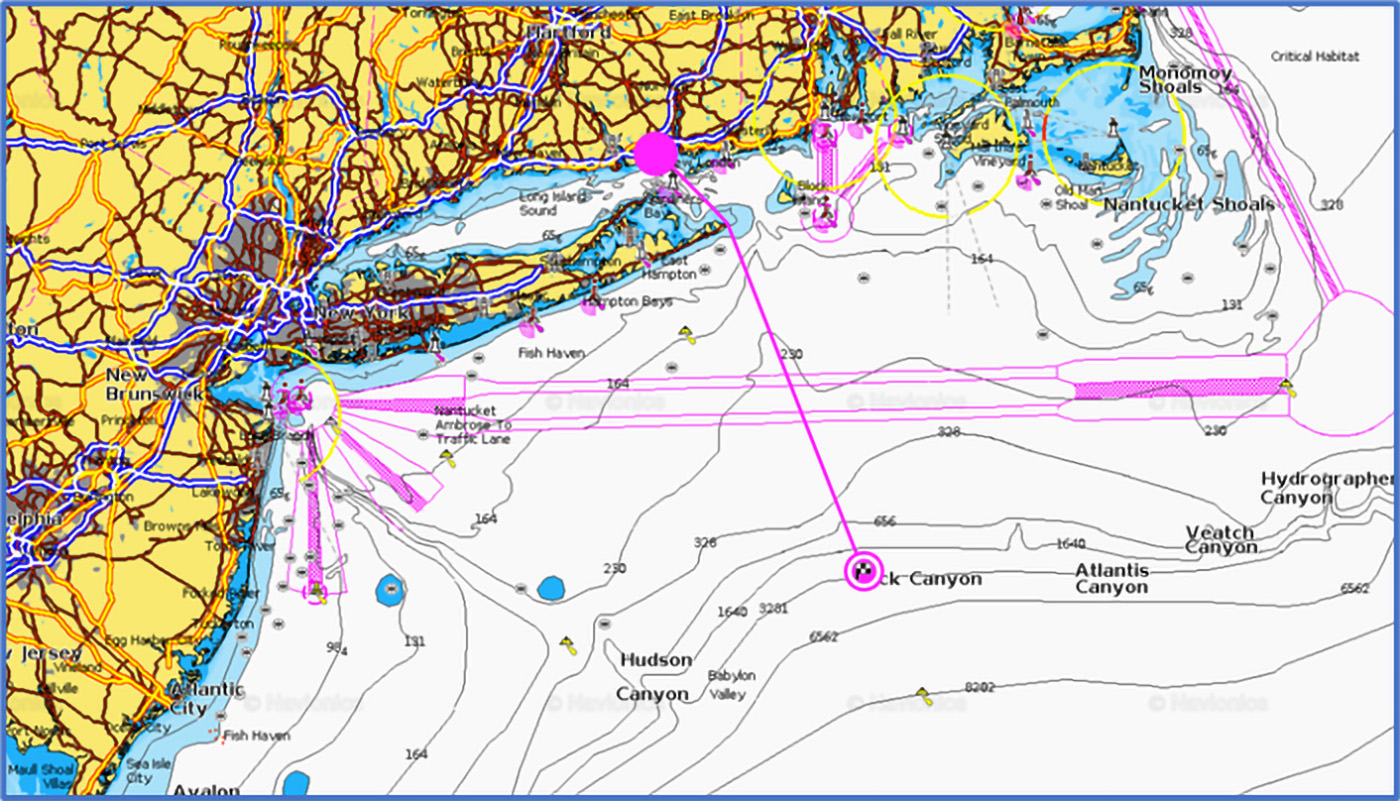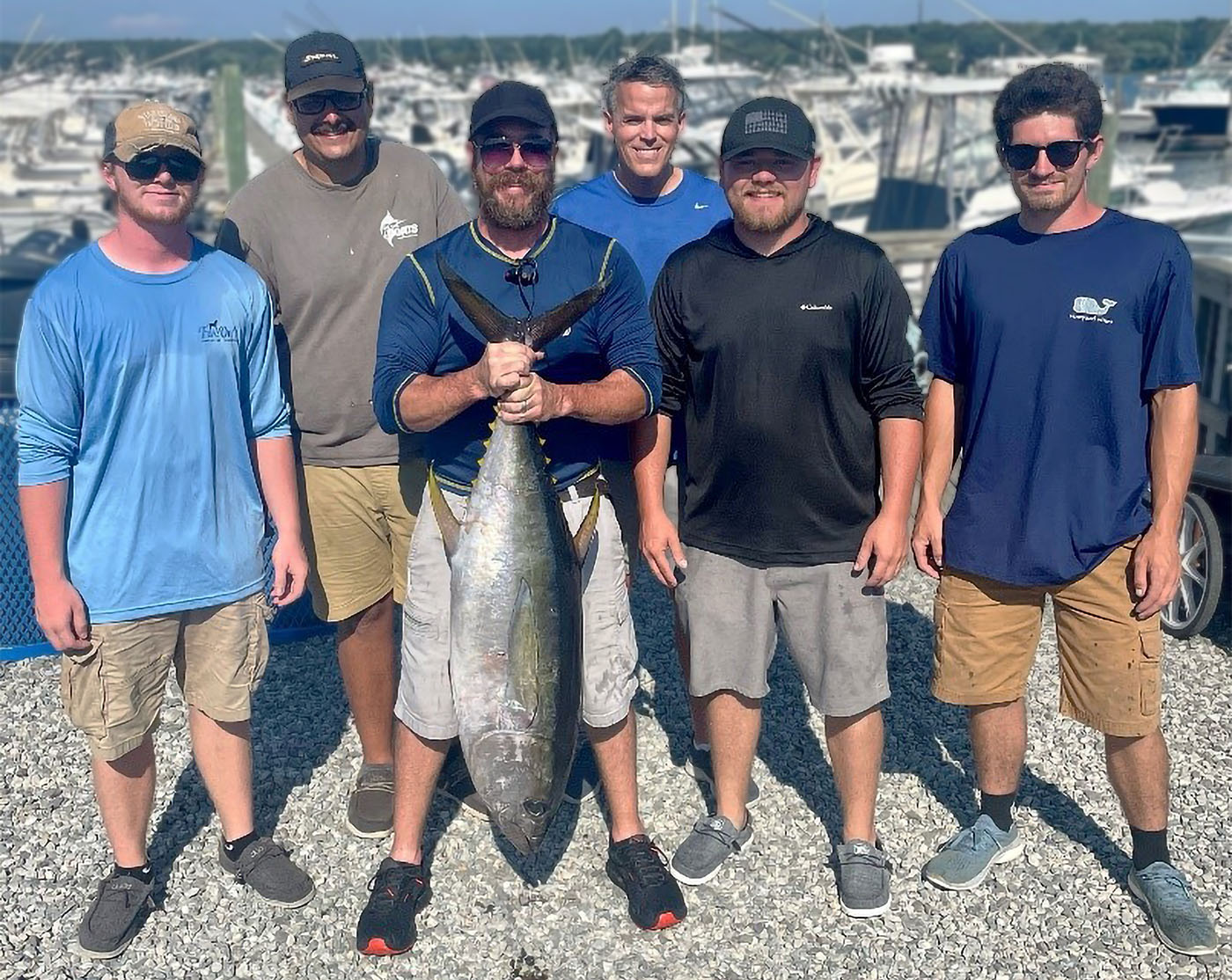All Articles
Boat Handling & Seamanship
Enjoying Your Day, Comfortably
Maintenance
Fishing
Dining Aboard
Trailering
Personal Touches
Performance & Efficiency
Ports of Call & Places to Anchor
All Years
2023
2022
2021
2020
2019
2018
2017
2016
2015
Preparing for Long Offshore Trips
By Guest Writer: Scott Leahy, Boats Inc., Niantic, Connecticut
The Northeast is a special place for offshore fishing. If you are prepared to make the run to the canyons, you can be rewarded with a number of different large pelagic species, including bigeye, bluefin, and yellowfin tuna. When summer approaches, so does the warm water of the Gulf Stream and some great fishing in the canyons.
The canyons are sharp cuts in the continental shelf formed by prehistoric glacier melt and are found along a line where the shelf drops off from approximately 200 to more than 1,000 feet. The most commonly fished canyons of New England stretch from Hudson Canyon in the west to Hydrographer Canyon in the east. Depending on your port of departure, the run can range from 70 to 130 nautical miles. From Boats Incorporated in Niantic, Connecticut, we need to run more than 110 nautical miles to fish the canyons. While some avid fishermen go out in the afternoon and fish through the night, most choose to leave the dock around 3:00 am, troll throughout the day, and return to the dock by 5:00 pm.
Given the distance to the fishing grounds, preparation is key to any safe and successful offshore trip. Most offshore trips begin with watching, checking, and rechecking the weather forecast. Last minute trip modifications or cancellations occur regularly due to changing weather forecasts. Even with the best laid plans, weather conditions can change very quickly when you are offshore. Therefore, you will need to make sure you have the proper safety equipment and sufficient fuel onboard just in case you get caught unexpectedly.
You should also file a float plan with your marina and/or family members to provide accurate information about the fishing trip in case you do not return on time. (Learn more about filing a float plan.) Another safety measure many boats take is to run with a “buddy” boat to ease the stress associated with any offshore trip.
Crew preparation is also key. Each passenger should be familiar with the boat and the safety equipment onboard. Ensure that all the safety equipment is in good working condition, unexpired, and that all passengers know where it is stored. A first aid kit and a ditch bag should be kept in an accessible and dry place, and everyone aboard should know where they are located.
The following is a list of other essential offshore equipment we recommend having onboard:
- Electronics (chartplotter and radar)
- Multiple VHF radios (fixed and handheld)
- EPIRB (Emergency Position Indicating Radio Beacon)
- Visual distress signals (flares, rockets)
- Life jackets designed for offshore/heavy weather use
- Personal signaling devices (mirrors, flares, whistles) attached to life jackets
- Inflatable life raft/life float
- Night vision camera
- Parts and tools for emergency repairs
- Emergency food and water, enough for each passenger for several days
While any offshore trip is not without risk, for most people, the rewards outweigh the risks. Very little beats spending time fishing offshore with family and friends on a Grady-White and there is nothing like hearing the scream of the fishing reel and catching a large tuna. Consideration of the 6P Rule, “Prior Proper Planning Prevents Poor Performance,” will go a long way to ensure you have a safe and enjoyable offshore trip.

